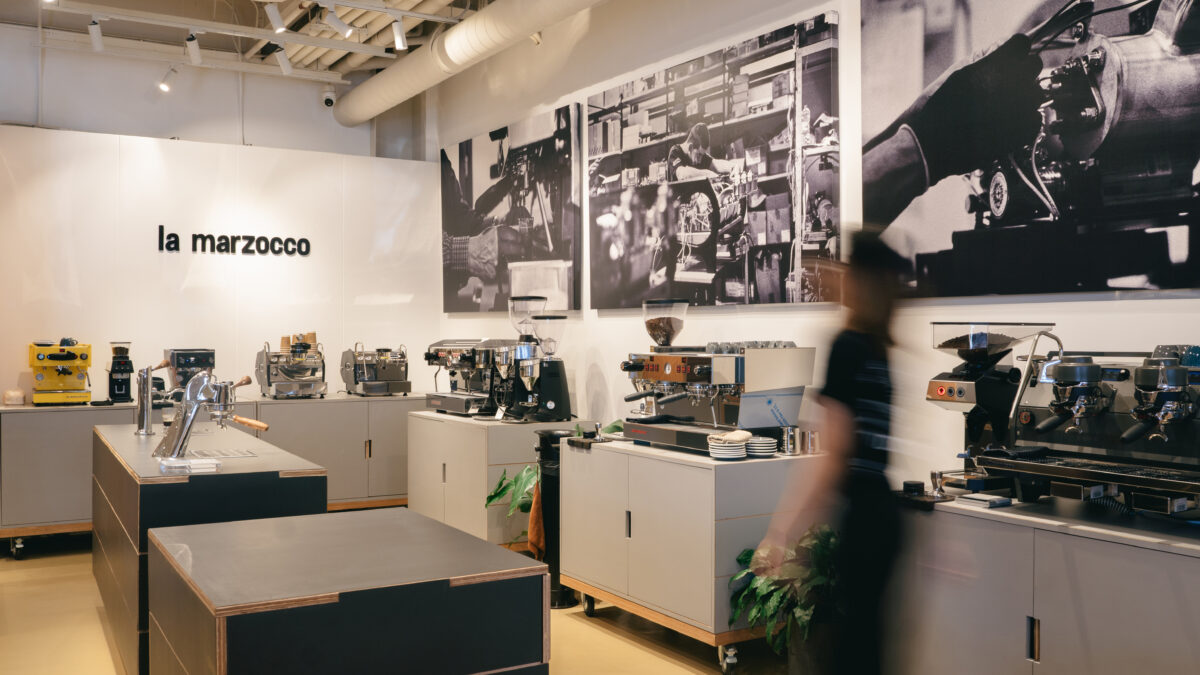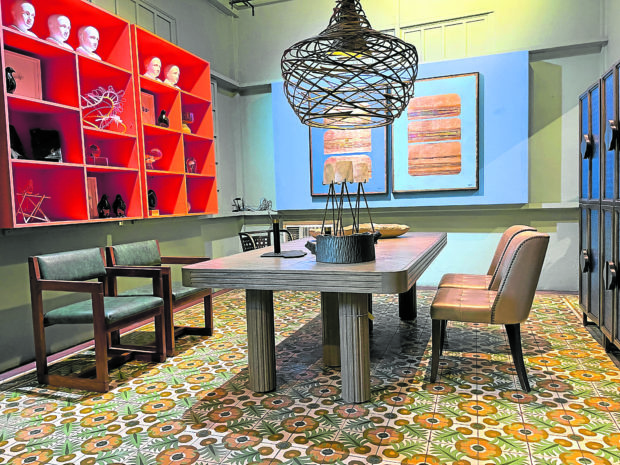
Furniture and interior designer Eric Paras takes visitors to another world when they visit his showroom A-11. Its name takes after his house number in a Pasay City compound, which is famous for repurposed postwar houses. The architecture makes a perfect backdrop with its huge windows, 11-foot high ceiling and Machuca-tiled flooring, patterned with its trademark hexagons, medallions, flowers and hearts.
Paras designs for Industria, a company that he cofounded with Jude Tiotuico, which specializes in metal furniture and accessories. Its signature patinated surface treatments, characterized by a textural, industrial and less refined feel, convey the Brutalist aesthetic (think hefty proportions and burnt or oxidized metal). He balances the coldness of the metal with the warmth of wood and natural materials, used in his furniture for his company, Artelano 11.
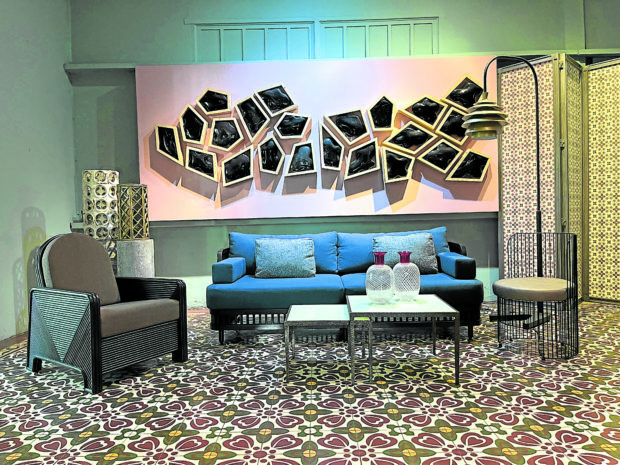
In furniture design, Paras favors rounded, irregular shapes and textured surface finishes. He draws from the Art Deco and midcentury styles, imbued with softer geometry and modern aesthetics.
Visitors can learn from Paras’ decor style as he arranges the furniture from Industria and Artelano 11 with decorative items, artworks and vintage pieces from secondhand stores as he would in a home. The interiors of the midcentury house are updated with bold red shelves, patterned folding dividers—a Paras signature, and touches of Brutalist interior design elements.
Subtlety
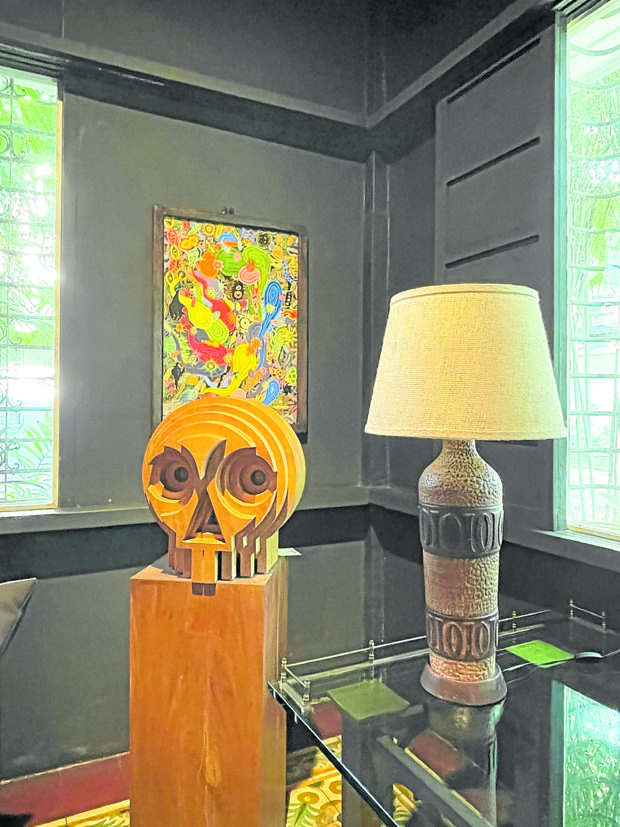
“I’m not pegged to a specific look. I want eclectic pieces to be mixed together without being too showy. The charm lies in subtlety and the setting should grow on you,” he says.
One such setting is the interplay of wood, metal, glass and fabric. A laid-back blue sofa, with bolsters to prop up your feet, serves as the anchor piece. It is flanked by a stylized ambassador chair, updated with reeded tanguile instead of rattan, and a steel-framed tub chair which, Paras says, reminds him of the barbecue parilla.
The pièce de résistance is the art installation of Czechoslovakian hand-blown, black glass blobs, a collaboration between Filipino industrial designer Stanley Ruiz and Czech glass maker Jiri Pacinek. The floral-printed divider that matches the Machuca tile flooring sets off the masculinity of the pieces.
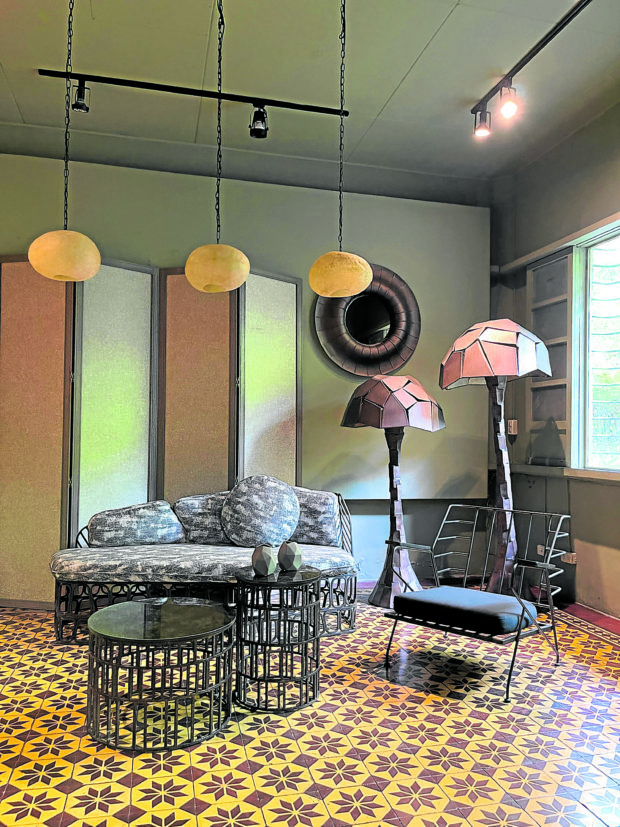
Paras artfully harmonizes mismatched dining chairs with similar matte textures and earth tones. Square, vintage ’70s narra office armchairs, upholstered with dark green leatherette, face off with curvaceous, neoclassic greige tufted chairs from Atelier Almario. These chairs surround Paras’ Brutalist-inspired dining table with a reeded top and legs, made by Artelano 11.
A spiraling metal chandelier, designed by Tiotuico for Industria, balances the period styles and gives the room a modern ambience. Paras says Tiotuico challenged the toughness of coil by coiling it into a turban shape for a softer look. The metal was oxidized to create a burnished surface.
Romblon marble
In decorative items, one of Paras’ innovations is the understated surface treatment of Romblon marble. “The traditional marble is shiny, often used as nameplates on the tables of mayors. With our matte finishes, the handmade vessels, small table lamps and candle and flower holders have been popular with clients,” he says.
When Paras bought books from a special sale, he tapped housewives in Marikina to fold them into sculptures.
The mix of periods and styles keeps a space from looking too brand new.
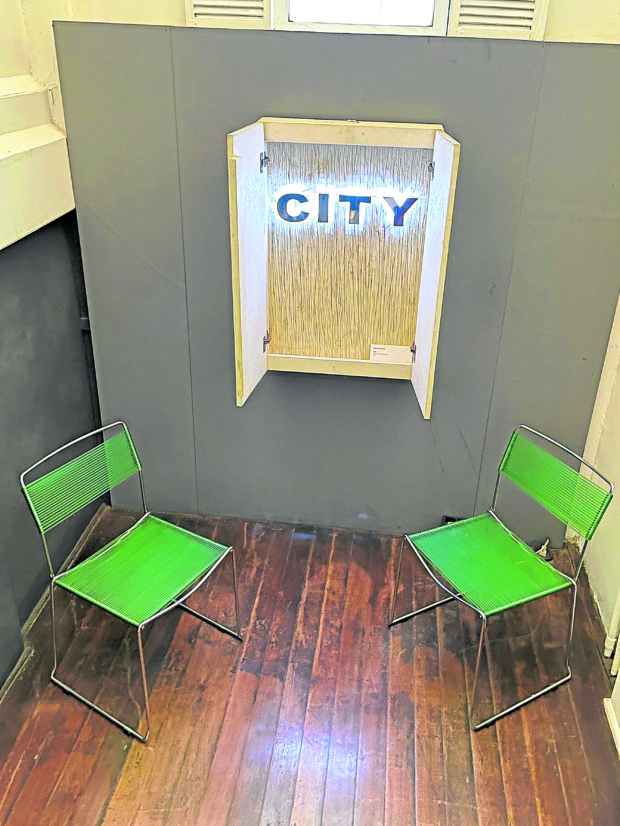
“The room shouldn’t look like the result of one-time shopping. It should appear as if it had evolved over time,” he says.
Paras observes that while furniture sales in online marketplaces have surged throughout the pandemic, living with mass-produced furniture can be tiresome.
“People are looking for soul in objects. Our craftsmen make these in our factories,” says Paras.
He notes that before the pandemic, the displays from the Philippine booth, which included Industria, at the Milan Furniture Fair would stand out among the high-end, machine-made collections. Visitors would be impressed with the labor of love from Filipino artisans.
“A-11 has thrived because of the vision to present a furniture showroom as if it were a home. People comment that our work has heart,” he says. —CONTRIBUTED



















